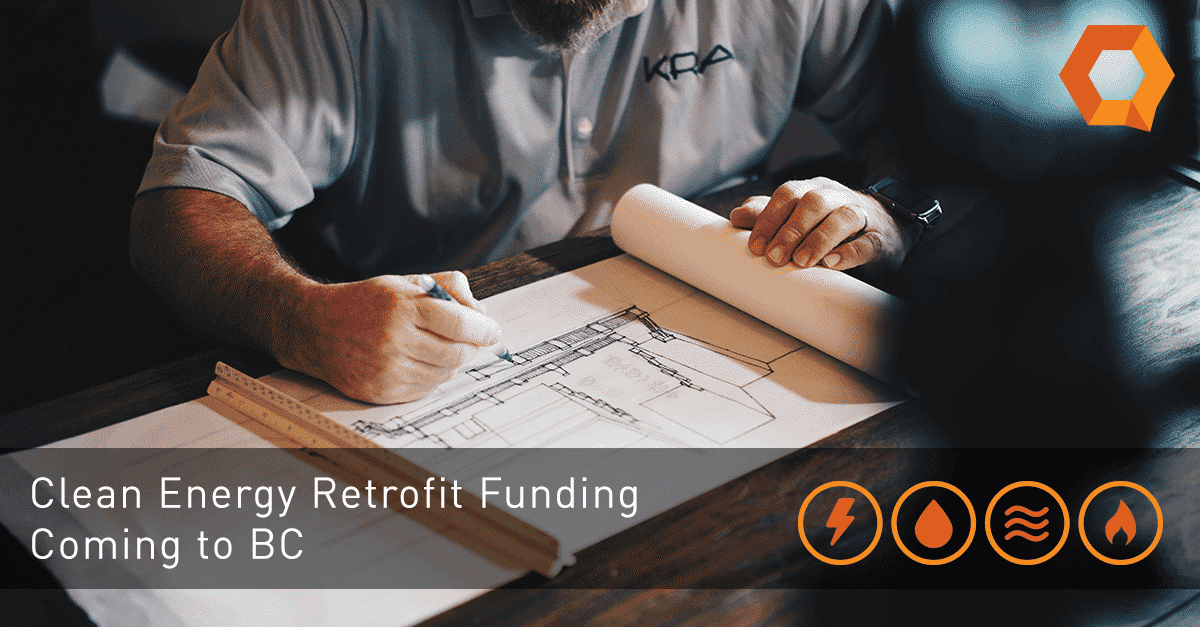
The Province of British Columbia is continuing investment in community-owned clean energy retrofit projects within the province, by providing $650,000 in funding through CELP. Proactive investments into existing infrastructure can lead to significant savings.
Since launching in 2015, the Community Energy Leadership Program (CELP) was created to help fund and implement energy efficiency and clean energy projects through the Province of BC. Since 2015, they have provided over one million dollars in funding retrofits for community-owned buildings and facilities, such as band offices, recreation centres, as well as municipal halls.
Over One Million Dollars in Clean Energy Retrofit Funding
This new round of funding will help communities further reduce their greenhouse gas (GHG) emissions, increase building energy efficiency, as well as stimulate economic activity in the region. Proactive retrofits such as these programs help to increase the longevity of existing buildings, and can lower the total cost of ownership as well.
While clean retrofits are important, it is crucial to understand which vital system has the most urgent need for repair. The most efficient way to understand where deficiencies reside is to use a submetering system, combined with a dedicated reporting platform such as MeterConnex.
Our dedicated submetering hardware can integrate with new or existing utility meters and building management systems, while our reporting platform can directly receive meter data from almost any source. It’s also easy to use and mobile-friendly. Want to learn more? Contact us today.
Read More: